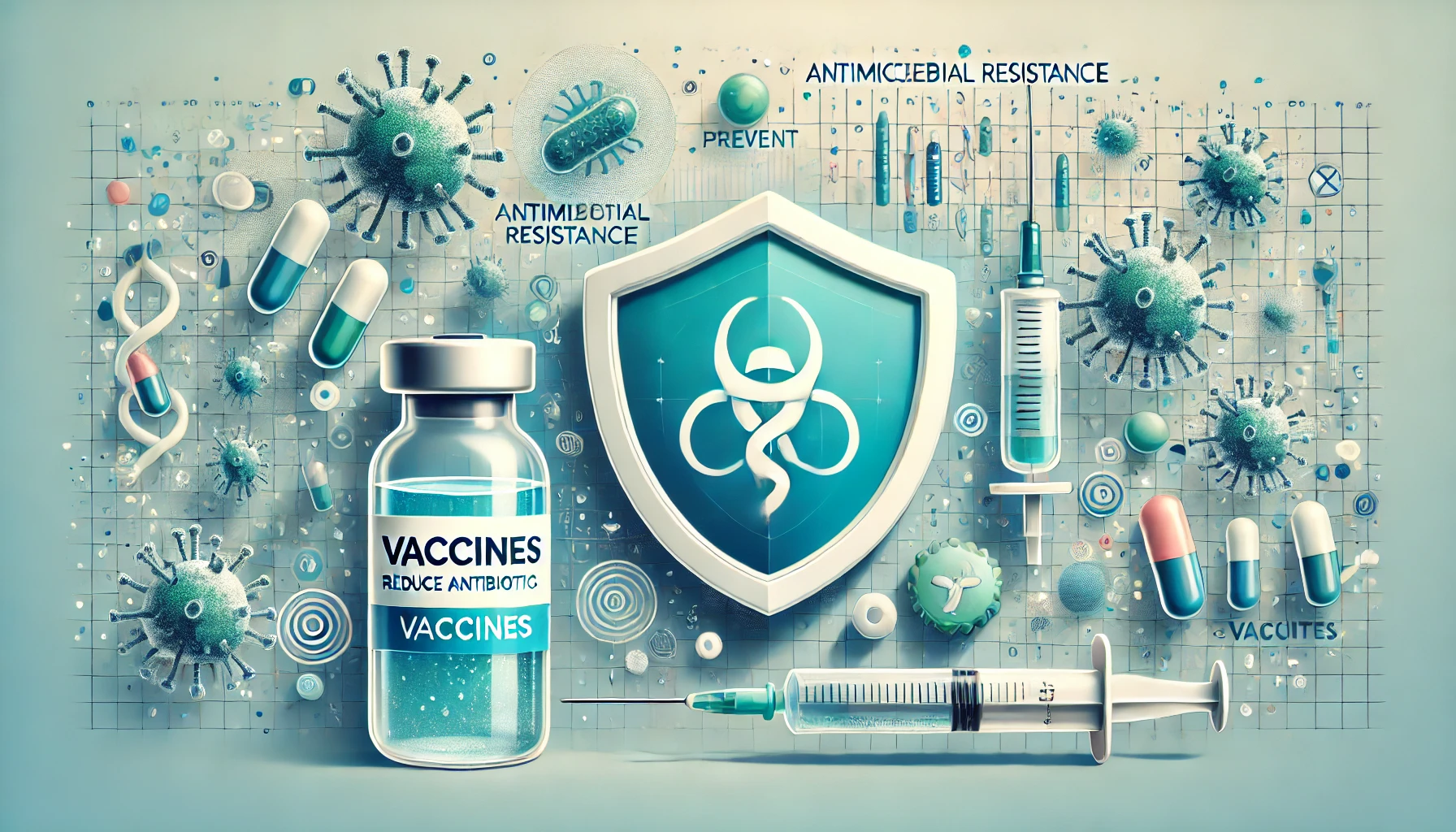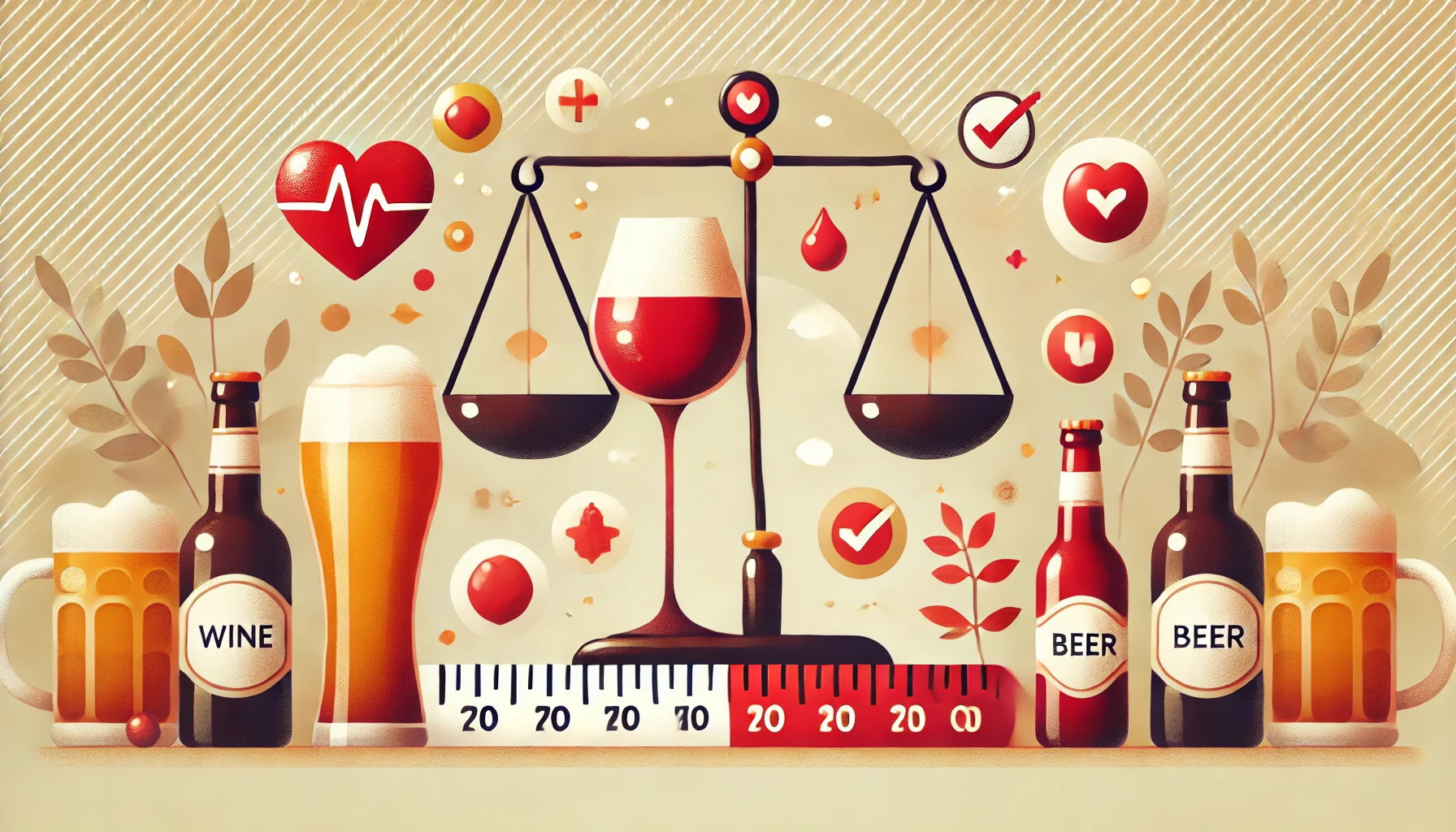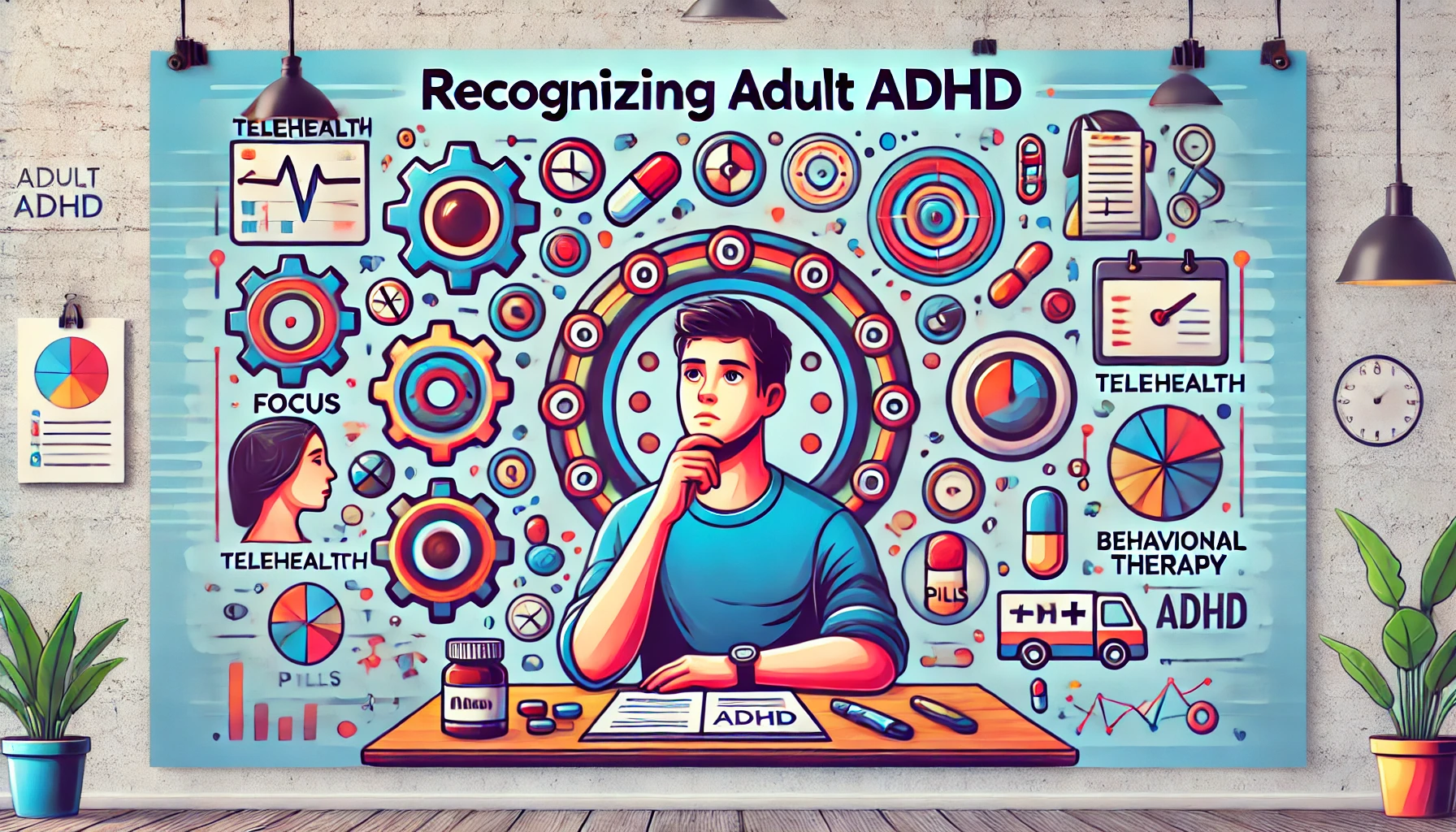Tea tree oil is a powerful, versatile essential oil that offers a wide range of benefits, from skincare to household cleaning solutions. Known for its antibacterial, antifungal, and anti-inflammatory properties, tea tree oil has become a staple for those seeking natural remedies. In this guide, we’ll delve into how you can use tea tree oil for skin, hair, infections, and even for keeping your home fresh and clean. What Are the Benefits of Tea Tree Oil for Skin? Tea tree oil benefits for skin have …
In October 2024, U.S. health officials reported a troubling development in the ongoing mpox outbreak—a cluster of drug-resistant mpox cases was identified across five states. This revelation has raised concerns about the growing threat of antiviral resistance in mpox and the potential challenges it poses to public health efforts. The emergence of mpox strains resistant to Tecovirimat (TPOXX), the primary antiviral treatment for the virus, marks a significant shift in the battle against this disease. In this blog, we’ll explore the implications of drug-resistant mpox, …
The world of surgery, particularly neurosurgery, was historically a male-dominated field. It wasn’t until the brave actions of women like Frances Conley, a renowned neurosurgeon, that the systemic sexism in medicine was exposed and confronted. Frances Conley’s life was defined by her pioneering work in neurosurgery and her outspoken fight against sexism within academic medicine. Her legacy is one of courage, resilience, and an unyielding commitment to creating a more equitable medical profession for future generations. Conley passed away at the age of 83, but …
The misuse and overuse of antibiotics are accelerating the global threat of antimicrobial resistance (AMR), making once-treatable infections harder, or even impossible, to cure. The World Health Organization (WHO) estimates that antimicrobial resistance leads to nearly 5 million deaths each year. But recent research shows a promising solution: vaccines. According to a new WHO report, better use of vaccines could reduce antibiotic use by 2.5 billion doses annually, playing a crucial role in reducing AMR globally(PRAIS)(BioMed Central). In this blog, we will explore how vaccines …
Human longevity has long fascinated scientists, philosophers, and the public alike. Over the centuries, advances in medicine, nutrition, and living conditions have pushed average life expectancy to new heights. But as more people live into their 80s, 90s, and beyond, a pressing question arises: Have we reached the human lifespan limit? Is there a biological cap on how long we can live, or can breakthroughs in science help us extend the human lifespan even further? In this blog, we will explore the maximum human lifespan, …
Drinking alcohol in moderation is often recommended by health experts as part of a balanced lifestyle. However, what does “moderate drinking” really mean? How much alcohol is too much, and can moderate consumption provide any health benefits? Understanding moderate drinking can help you make informed decisions about your drinking habits and maintain a healthy relationship with alcohol. In this blog, we will explore moderate drinking definitions, alcohol consumption guidelines, the potential health benefits and risks, and how it can impact your heart health. Moderate Drinking …
Breakdancing, with its vibrant history and explosive moves, has grown from street performances to an internationally recognized sport. The dance form, known for moves like the windmill, handstand, and headspin, brings incredible physicality to the floor. However, these high-energy movements come with risks. One of the more peculiar injuries associated with breakdancing is the headspin hole, a condition that can affect dancers who frequently perform the iconic headspin move. In this blog, we’ll explore what headspin hole is, why breakdancers are prone to it, and …
COVID-19 has had an enormous impact on global health, but while most people associate the virus with respiratory symptoms, emerging research highlights its significant effects on the cardiovascular system. Studies have found that individuals who contract COVID-19 face a higher risk of heart attacks, strokes, and other long-term cardiovascular complications. This blog will explore the ways in which COVID-19 elevates cardiovascular risks, focusing on inflammation, blood clot formation, and long-term consequences. The Connection Between COVID-19 and Heart Attack Risk COVID-19 affects the body far beyond …
As the world continues to deal with a wide variety of infectious diseases, the resurgence of bird flu outbreaks has raised new concerns, particularly the 2024 spread of H5N1 in the U.S. Recently, California reported its fourth human case of bird flu, causing many to worry about the risks of transmission from birds to humans and how to prevent further spread. In this blog post, we’ll explore the key elements of the current bird flu outbreak in 2024, how avian influenza in humans occurs, the …
For many people, ADHD (Attention-Deficit/Hyperactivity Disorder) is a condition associated with childhood, often overlooked as something that adults can struggle with. However, recent studies estimate that more than 15 million U.S. adults have ADHD, with many being diagnosed later in life. This growing awareness highlights the importance of recognizing ADHD symptoms in adults and understanding the diagnostic process. In this blog, we explore the challenges of living with adult ADHD, the signs to look for, and how to get a proper diagnosis. Understanding Adult ADHD: …









